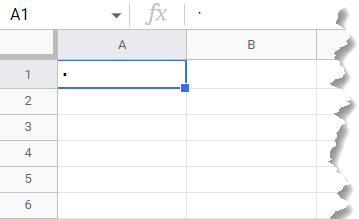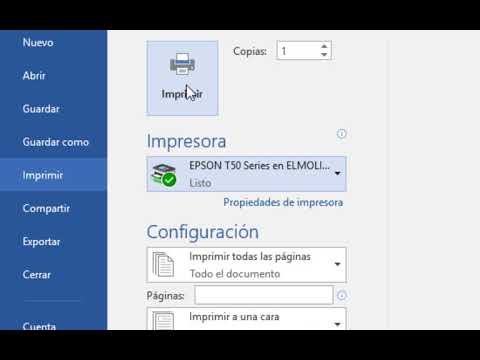The Ultimate Guide to AI Resume Summaries
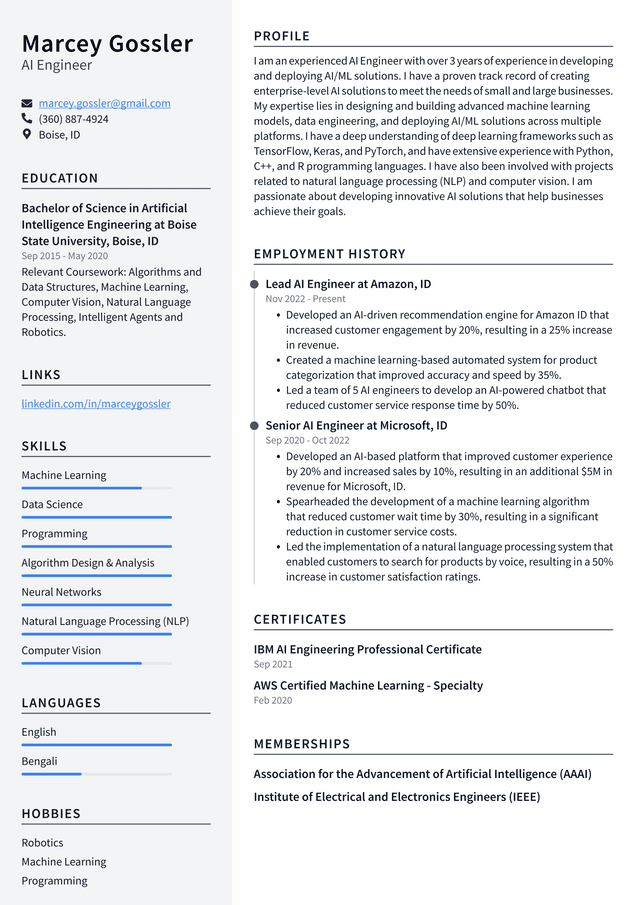
Creating an effective resume is a crucial step in any job seeker's journey, and in today's competitive job market, standing out from the crowd is essential. With the rise of Artificial Intelligence (AI) and its impact on various industries, including recruitment and hiring processes, crafting an AI-optimized resume has become a strategic necessity. This comprehensive guide aims to delve into the art of writing AI resume summaries, offering expert insights and practical tips to help job seekers make a powerful first impression.
Understanding the Role of AI in Resume Screening
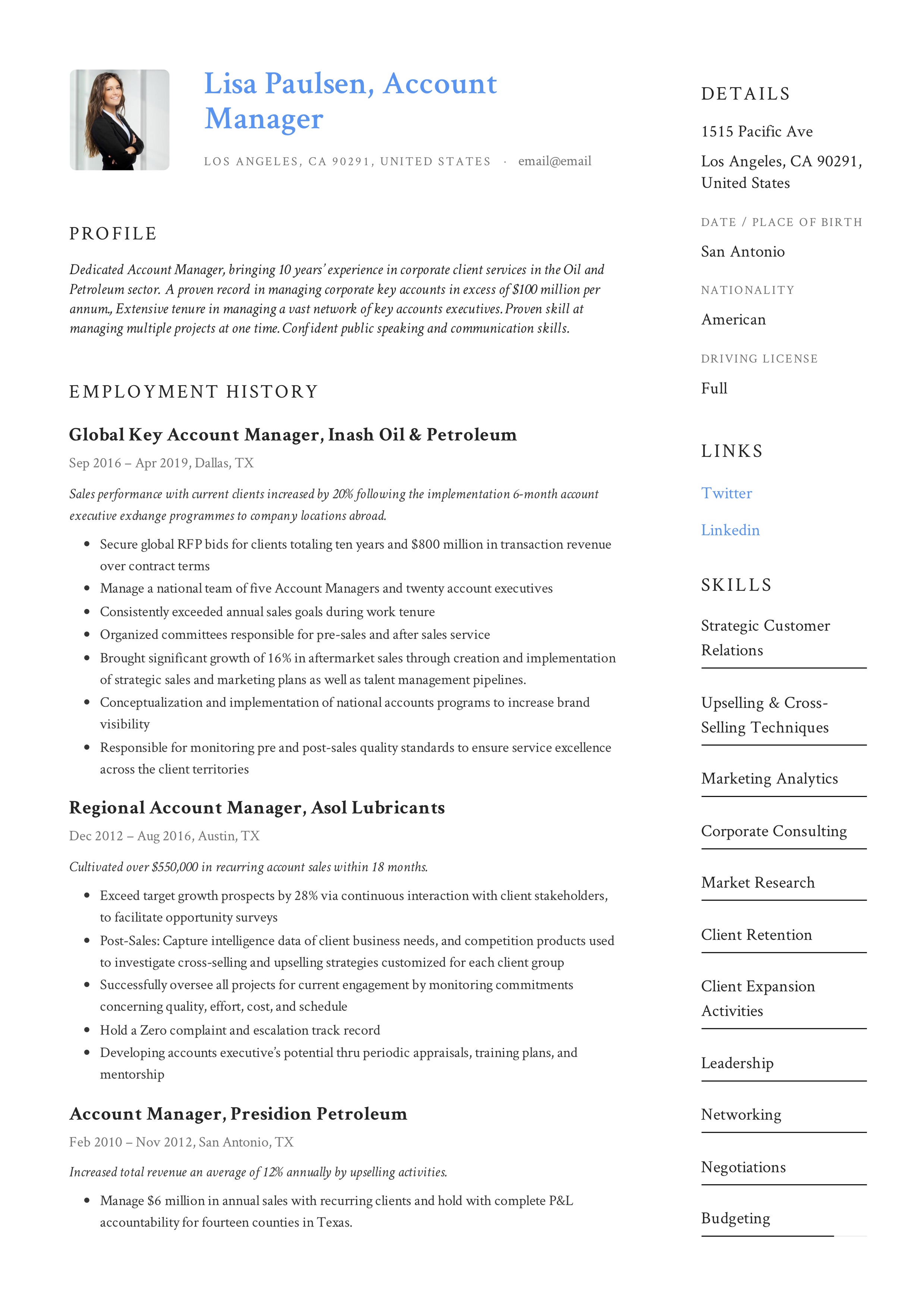
Before diving into the specifics of crafting an AI-friendly resume summary, it’s crucial to grasp the role of AI in the modern recruitment landscape. Artificial Intelligence, particularly in the form of Applicant Tracking Systems (ATS), has become an integral part of many organizations’ hiring processes. These systems are designed to quickly scan and analyze resumes, identifying candidates who meet the job requirements and filtering out those who don’t.
ATS use keyword matching and natural language processing to evaluate resumes. They look for specific skills, qualifications, and experiences mentioned in the job description. This automated process saves time for recruiters and ensures that only the most relevant candidates progress to the next stage of the hiring process. However, it also means that human recruiters might not see your resume if the ATS doesn't select it.
Optimizing Your Resume Summary for AI
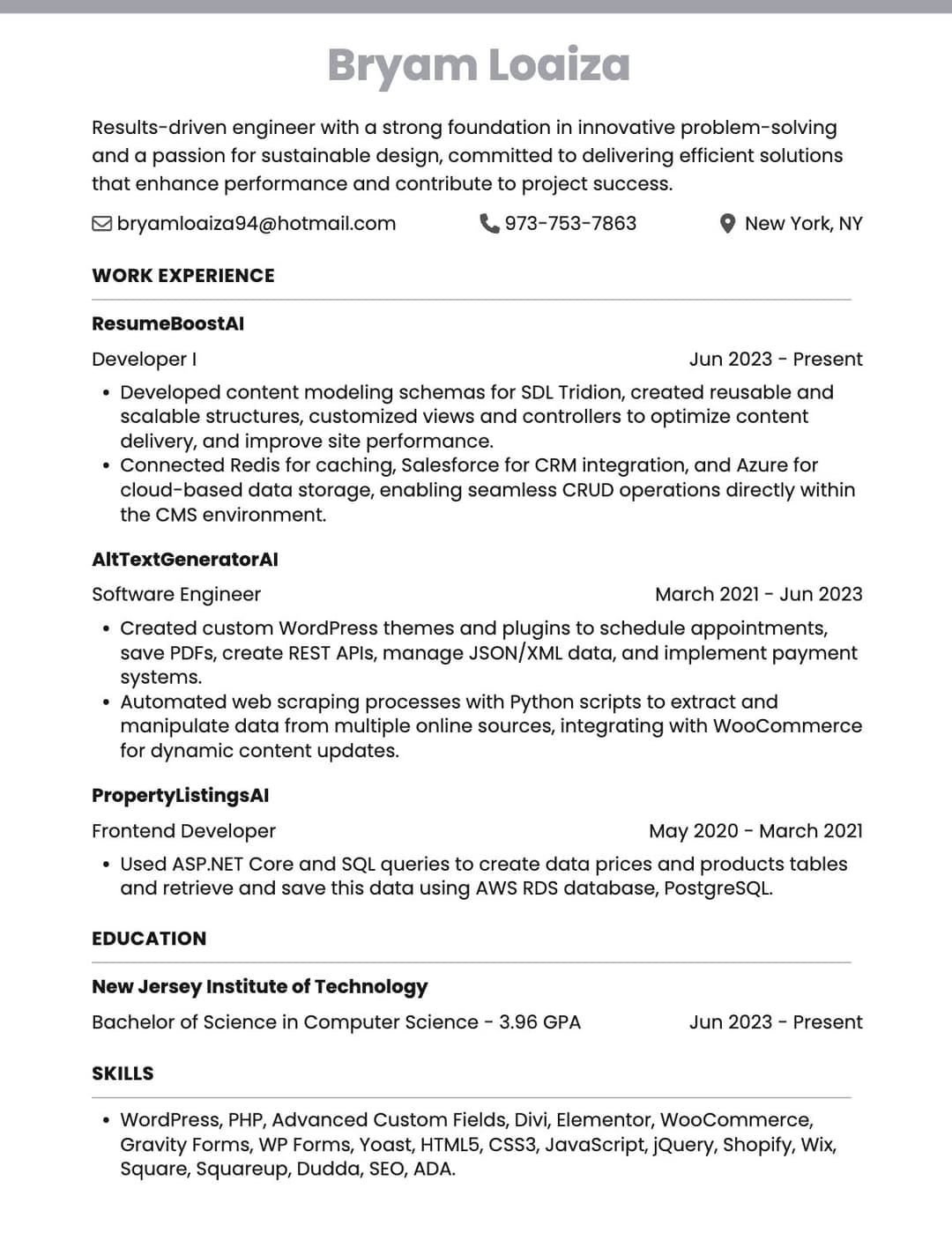
Writing an AI-optimized resume summary involves a careful balance between showcasing your unique skills and experiences while also catering to the preferences of ATS. Here are some strategies to achieve this delicate equilibrium:
1. Identify and Highlight Key Skills
AI systems, particularly ATS, are designed to identify specific skills and qualifications. Therefore, it’s crucial to thoroughly review the job description and identify the skills the employer is seeking. Once you’ve identified these skills, make sure to highlight them in your resume summary. For example, if the job requires expertise in natural language processing and machine learning algorithms, ensure these terms are mentioned explicitly in your summary.
Consider including a skills section in your resume, where you can list these keywords in a concise manner. This not only makes it easier for ATS to recognize your suitability but also provides a quick overview of your capabilities for human recruiters.
| Key Skills | Relevant Experience |
|---|---|
| Natural Language Processing | Developed NLP models for sentiment analysis, achieving an accuracy rate of 92%. |
| Machine Learning Algorithms | Implemented supervised learning techniques for image classification, resulting in a 15% increase in accuracy. |
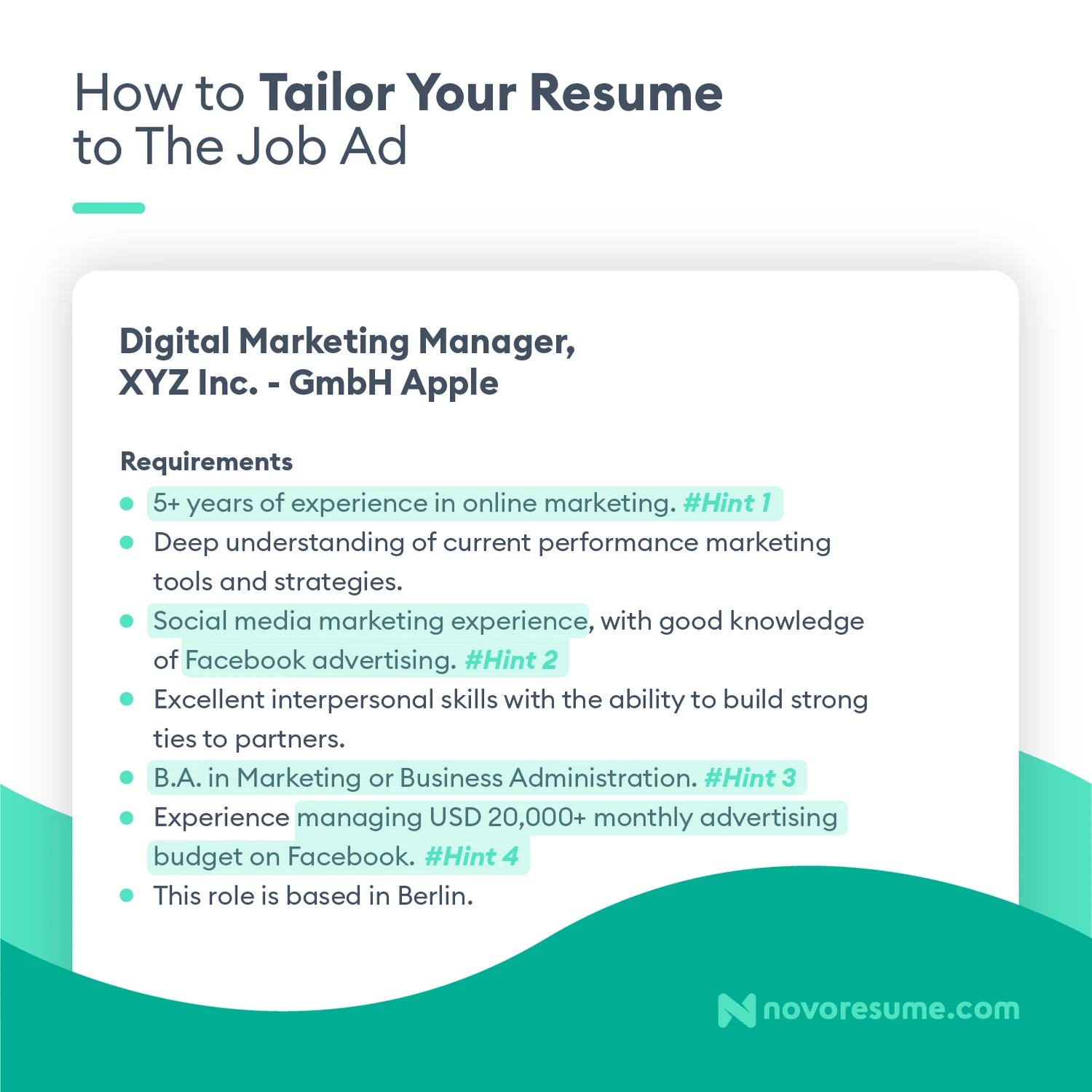
2. Use Clear and Concise Language
AI systems, including ATS, are designed to process and understand clear, concise language. Avoid using overly complex or ambiguous terms that might confuse the system. Stick to straightforward language and avoid unnecessary jargon or acronyms that could be misinterpreted.
For instance, instead of saying, "Expertise in advanced AI techniques," be more specific and mention, "Proficient in supervised learning, unsupervised learning, and reinforcement learning algorithms."
3. Tailor Your Summary to the Job
A successful AI resume summary should be tailored to the specific job you’re applying for. Review the job description carefully and identify the core responsibilities and requirements. Then, align your summary with these expectations, showcasing how your skills and experiences match the job’s needs.
For example, if the job requires leadership and project management skills, highlight your experience in leading cross-functional teams and delivering complex projects on time and within budget. Demonstrating how your past experiences align with the job requirements will not only impress ATS but also human recruiters.
4. Quantify Your Achievements
AI systems, and human recruiters alike, appreciate concrete evidence of your accomplishments. Whenever possible, quantify your achievements and provide measurable data to support your claims. This adds credibility to your resume and makes it easier for both AI and humans to assess your value.
For instance, instead of saying, "Increased sales," provide a more specific statement: "Boosted sales by 20% through the implementation of a new CRM system and sales strategy."
Tips for a Winning AI Resume Summary
Here are some additional tips to help you craft an AI-optimized resume summary that stands out from the competition:
- Keep it Short and Sweet: Aim for a concise summary that highlights your key strengths and experiences. Avoid excessive wordiness and stick to a maximum of 3-4 sentences.
- Use Action Verbs: Start your summary with powerful action verbs that describe your achievements and experiences. Words like "developed," "implemented," and "managed" can add impact to your summary.
- Be Authentic: While it's important to cater to ATS, ensure your resume summary reflects your genuine skills and experiences. Authenticity is key to making a lasting impression on both AI and human recruiters.
- Proofread and Edit: Always proofread your resume summary for grammatical errors and typos. A mistake-free summary demonstrates attention to detail and professionalism.
The Future of AI in Resume Screening
As AI continues to evolve and shape the recruitment landscape, its role in resume screening is only expected to grow. While ATS and other AI tools are already widely used, future advancements may bring even more sophisticated systems capable of assessing candidates’ soft skills, cultural fit, and overall suitability for a role.
This evolution highlights the importance of staying updated with the latest trends and best practices in AI-optimized resume writing. By continuously adapting your resume summary to the changing demands of the job market and AI systems, you can position yourself as a competitive candidate in the digital age.
How can I ensure my resume summary is optimized for both AI and human recruiters?
+Striking a balance between AI-friendly language and a compelling narrative for human readers is key. Use clear, concise language to cater to ATS while also showcasing your unique value proposition and accomplishments in a way that engages human recruiters.
What if I don't have much experience in the field I'm applying to?
+Focus on transferable skills and experiences that demonstrate your potential. Highlight projects or tasks where you applied relevant skills, even if they're from a different context. Show how your unique perspective and abilities can bring fresh ideas to the role.
Are there any specific tools or resources I can use to optimize my resume for AI screening?
+There are several online tools and resume builders that offer AI-optimized resume templates and suggestions. Additionally, reviewing sample resumes from successful candidates in your field can provide valuable insights into what works best.
In conclusion, crafting an effective AI resume summary requires a strategic approach that combines an understanding of AI recruitment tools with an appreciation for human recruiters’ needs. By optimizing your resume summary for both AI and human evaluation, you can increase your chances of making it through initial screening processes and landing that all-important interview.
